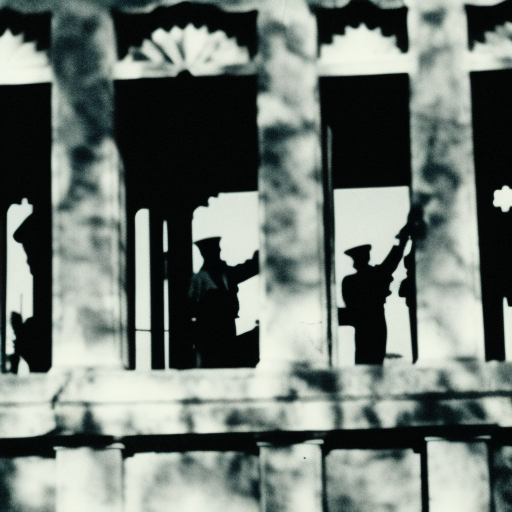Siege of Sevastopol: A Pivotal Moment in the Crimean War
The Siege of Sevastopol was a significant event that took place during the Crimean War from October 1854 to September 1855. It was a protracted and brutal military campaign between the Russian Empire and an alliance of British, French, and Ottoman forces. The siege was a pivotal moment in the war and is remembered for its strategic importance and the immense human suffering it caused.
Background:
The Crimean War began in 1853 when Russia invaded the Ottoman Empire, seeking to expand its influence in the region. The British and French, concerned about Russian expansionism, joined forces with the Ottomans to counter the Russian threat. The allies aimed to capture the Russian naval base at Sevastopol, which was a crucial stronghold for the Russian Black Sea Fleet.
The Siege:
The siege of Sevastopol began on October 17, 1854, when the allied forces launched a massive bombardment of the city. The Russian defenders, led by General Menshikov, put up a fierce resistance, using the city’s fortifications and the natural terrain to their advantage. The allies faced numerous challenges, including harsh weather conditions, inadequate supply lines, and a lack of coordination among their forces.
The siege consisted of a series of assaults, counterattacks, and trench warfare. The allies attempted to breach the city’s defenses through frontal assaults and mining operations, but the Russians repelled their attacks with determination. The defenders endured heavy casualties but managed to hold their ground, inflicting significant losses on the besieging forces.
The Malakoff and Redan:
Two key strongholds within Sevastopol were the Malakoff and Redan fortifications. The Malakoff was a heavily fortified tower that served as the main defensive position for the Russian forces. The Redan was another crucial stronghold protecting the city’s southern flank. The allies made several attempts to capture these positions, but they faced fierce resistance from the Russian defenders.
After months of intense fighting, the allies finally managed to capture the Malakoff on September 8, 1855. This victory proved to be a turning point in the siege, as it allowed the allies to gain control of the city. The Russian forces, realizing the futility of further resistance, evacuated Sevastopol on September 9, effectively ending the siege.
Impact:
The Siege of Sevastopol had a significant impact on the outcome of the Crimean War. The fall of Sevastopol dealt a severe blow to Russian morale and military capabilities. It also demonstrated the effectiveness of modern siege warfare and the importance of artillery and trench systems in capturing fortified positions.
The siege also highlighted the appalling conditions faced by soldiers on both sides. The harsh winter weather, lack of proper medical care, and unsanitary living conditions led to a high number of casualties from disease and exposure. The suffering endured by the soldiers during the siege brought attention to the need for improved medical and logistical support in future conflicts.
Legacy:
The Siege of Sevastopol left a lasting impact on military strategy and tactics. It emphasized the importance of siege warfare and the need for well-coordinated assaults and supply lines. The lessons learned from the siege influenced future conflicts, including the American Civil War and World War I.
The siege also had political ramifications, as it contributed to the decline of the Russian Empire and the rise of other European powers. It exposed the weaknesses of the Russian military and highlighted the need for modernization and reform within the empire.
In conclusion, the Siege of Sevastopol was a pivotal event in the Crimean War. It showcased the determination and resilience of both the Russian defenders and the allied forces. The siege’s strategic importance, the intense fighting, and the immense human suffering endured by the soldiers make it a significant chapter in military history.












